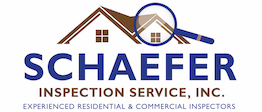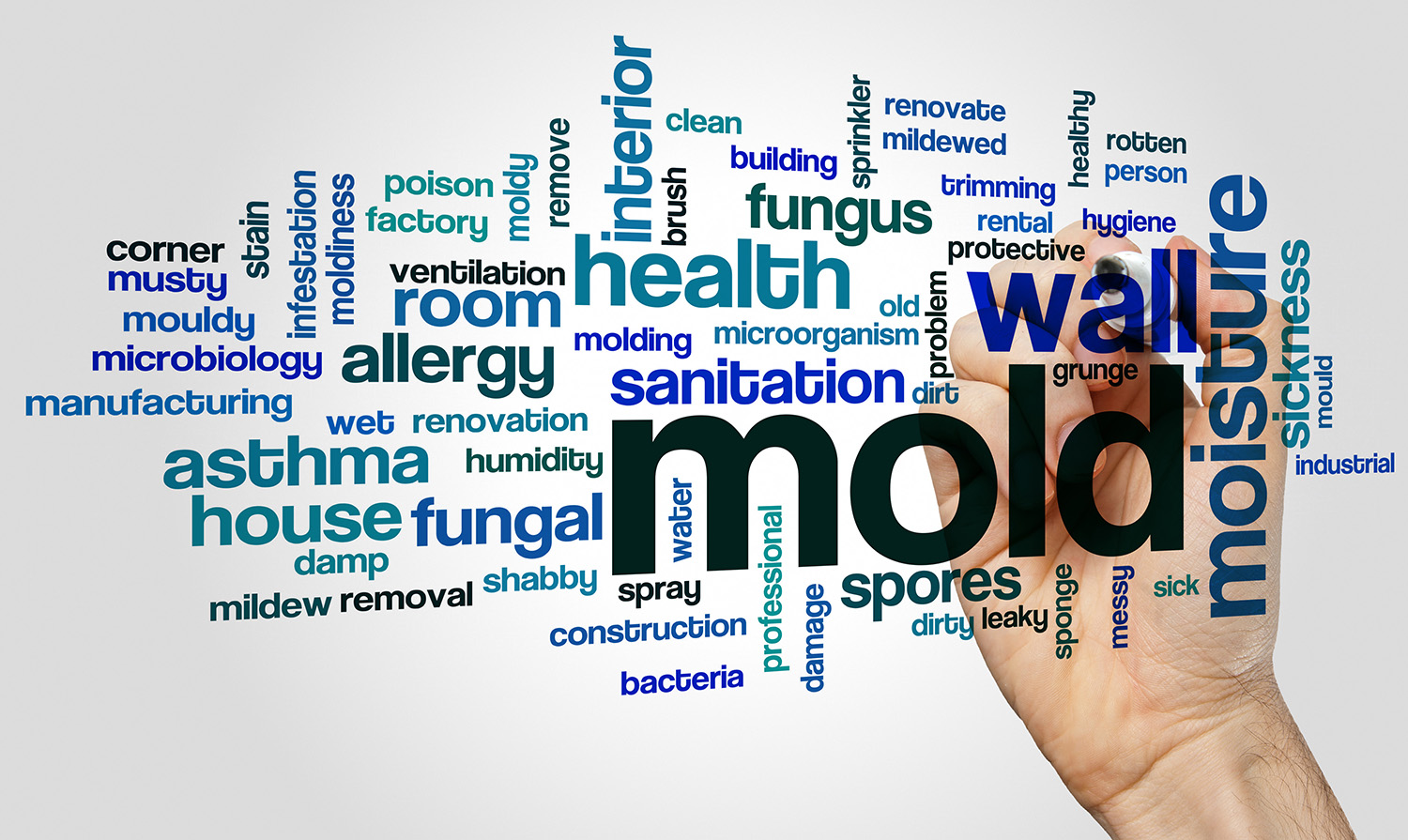Mold – The Problem and the Solution
What is mold?
Mold is a type of fungus which is made up of small organisms that emit tiny spores to reproduce when they find any organic material that is wet. A mold spore may only start off small at around 10 microns in size, but they can grow anywhere given enough food, warmth, and humidity in the air to absorb water.
Mold grows year-round in any home – no matter how clean, as long as the temperature is above 40 degrees Fahrenheit, they can land, grow, and spread
Where does it grow?
As mentioned above, mold can grow anywhere in the right conditions and a typical basement can be the perfect home to collect and trap mold spores. If your basement gets wet easily after a storm, flood or even just an excess of indoor humidity then you could very well have issues with mold.
How what happens outside can affect you inside
Your home’s exterior is designed protect against nature’s forces. That includes water hammering at your home from rain, wind, snow, ice, and humidity in the heat of summer, but moisture is much harder to control outdoors than in.
Be aware of dark areas on your siding or fascia and areas on the north side of your home. Sunlight will not allow mold to take a hold, but the places hidden from the sun are the places to watch out for. These areas are also the locations to control moisture.
Sunlight is the savior from outdoor mold. Bright sunlight won’t allow mold to take a grip on your siding or fascia except for dark areas and the north side. These are the places to watch out for mold. They’re also the locations to control moisture. Some of the main outdoor moisture culprits are:
- Rainwater on exposed walls
- Blocked drains around your home
- Standing water on ground and roof surfaces
- Leaky downspouts and blocked gutters
- Water wicking from vegetation planted too close to the building
- Articles placed against the building that trap water and prevent evaporation
- Porous siding materials like stucco and brick
- Improper grading that allows water to slope toward the foundation
- Large overhangs that shade walls and prevent sunlight exposure
- Warm areas like duct and dryer vents
What does mold look like?
Black mold will often be slimy, and a dark color that shifts from green to black or even gray.
Another identifier is a yellow or pink stain on wallpaper, wood, or drywall. This could mean mold is growing in that area.


If you suspect you have mold, what should you do?
First, you need to stop the source of moisture to prevent it spreading any further if possible. If you need to hire a professional, we have an extensive list here.
You will need to remove any affected material such as carpet, wallpaper etc. If you are not hiring a professional to remove these items then you must ensure you are wearing personal protective equipment (PPE) such as a dust mask, protective eyewear, and gloves at the minimum.
If there are visible areas of mold on a hard surface that cannot be removed or replaced, you can remove it yourself with a commercial product or a solution with vinegar or bleach (no more than 1 cup (8 ounces) of bleach in 1 gallon of water). Again, please ensure you are wearing PPE, and that the area is dried properly so the mold does not grow back. It is recommended you call a professional if you suspect a large area of mold, or if you have health issues that could be affected by the mold.
It is recommended that you schedule a mold test to check the air quality in your home. At Schaefer Inspection Service will take 3 air samples. One will be from the home’s exterior as a baseline. 2 additional samples will be taken inside the property at the most likely areas for the presence of mold.
Results are run at the laboratory and a written report of results will be provided. Your results will tell you the types of mold spores present in the home as well as the quantity of spores.
How to prevent mold
A good place to start is identifying any places where moisture may enter your basement or other vulnerable areas such as a bathroom or kitchen. Fill in any cracks with certain sealants.
Check your pipes, if you have leaks, not only are you losing money, but you are also encouraging moisture will help feed the mold spores.
Using a dehumidifier is highly recommended in basements to help reduce humidity levels. A good tip is to consider your basement square footage and moisture level and choose a dehumidifier that has enough capacity to work effectively in that area.
If you have your laundry appliances in the basement, ensure the area is well ventilated and you keep the filters and vents well maintained.
If you have standing water after a flood or storm then the faster you can remove this and drying the area with fans and dehumidifiers, the better chance you have of preventing mold from growing.


